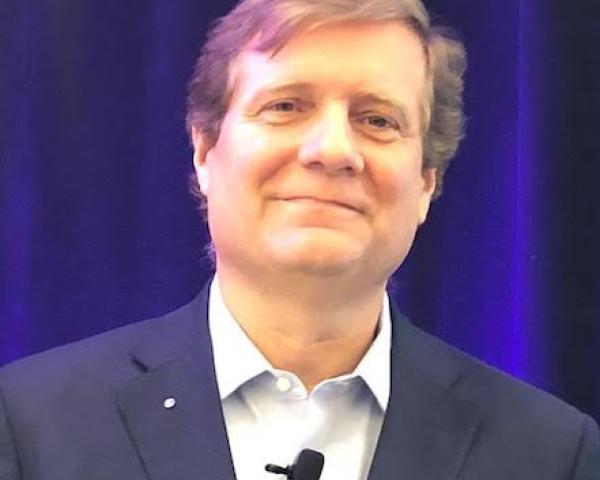Insurance Europe's International Insurance Conference touched on some critical friction points between government and industry. Capital standards, consumer protection and climate risk resilience have grabbed the headlines, but important new ground was trodden when industry leaders began adding a new policy challenge to the industry’s agenda: the intersection of insurance and technology.
Axa’s Cecile Wendling summed up the challenge when she asked how we are going to regulate this new world of a fully digitized insurance market. But it was XL’s Mike McGavick who put it in context — as only CEOs can do — by suggesting insurers could be “the next taxi cab industry” if they don't get their regulatory issues right.
These are fundamental questions that deserve greater attention in the growing dialogue around technology and insurance.
Tomorrow’s insurance buyers — more tech-savvy, empowered and diverse than today’s — are already demanding an insurance market that reflects the full potential inherent in technology-enabled disruption; the question is whether the industry and its regulators are prepared to meet that demand. Early signs suggest no.
See also: 4 Technology Trends to Watch for
According to a BCG study, insurers rank near the bottom of online customer satisfaction, a reflection of how little the industry has invested in digitizing its approach to engaging customers. Similarly, a recent J.D. Power survey captured consumers’ frustrations with insurers’ web-based services, the most basic of all digital engagement platforms.
However, despite this track record, one soon-to-be-dominant demographic still trusts the sector to get it right: millennials. Consumers in the 18-35 cohort actually trust the insurance sector 16% more than the public at-large does. This “trust premium” is at risk, though, if insurers are unwilling or unable to make the transition to a tech-enabled market.
In fact, two Willis Towers Watson surveys illustrate just how comfortable millennials are with where the market is going — even if so many of us are still just starting the journey to get there. First, millennials prefer usage-based insurance to coverage based on conventional determinants (such as age and gender) 19% more than the general public. And second, millennials are nearly 60% more likely than anyone older to change their driving behavior to obtain cheaper car insurance. To exceed these expectations, insurers are going to need to fundamentally alter their approach to sales, underwriting, policy administration and claims (another speaker at the Insurance Europe conference provocatively suggested many of these functions will actually merge, as technology allows the consumer to become her own underwriter); regulators — particularly those fixated on rate and form approval — will need to fundamentally reassess their approach to consumer protection.
See also: How to Redesign Customer Experience
This tension was evident during a spirited afternoon panel that pitted consumers’ expectations of executing a transaction in less than four clicks against the traditional insurance view that its products are so complex and important that enhanced levels of consumer protection are needed.
These are real issues, but posed this way, they offer a false choice. It can’t be
EITHER a digitally enabled seamless customer experience
OR a regulatory paradigm that maintains the trust so fundamental to the insurance promise. It must be both. To get there will require leadership — and a constructive dialogue on these challenging topics in Dublin was a good start.


